‘Safari’ is a Swahili word that means journey. So although my sister and I had to leave the Masai Mara after an amazing three days of game driving and camp life (ok…it was ‘glamp life’) – our safari continued.
Leaving the Mara was not totally straightforward; when our camp guides dropped us off at the airstrip there seemed to be some confusion over who should go on which plane. But hey, hakuna matata (another Swahili phrase….it means ‘no worries’) – things like ‘no liquids in the carry-on’ or ‘showing your ID’ or ‘tickets’ and so on don’t apply at bush airstrips and we climbed aboard the next plane that appeared over the horizon. That plane dropped us off at another airstrip – still in the Mara – where we were shuffled onto a completely empty plane for a private ten minute flight to a third airstrip from where the pilot assured us that the next plane would definitely take us out of the park and back to Nairobi.

Landing at Wilson airport we picked up our bags and walked a kilometer down the road to the offices for Silverstone air, where we dropped the bags off again and boarded a flight to a little airport on Manda island just off the coast of Kenya.
And before we knew it we were on a speedboat racing across a narrow channel in the Lamu archipelago from Manda to the main island that lends its name to this tropical Indian Ocean paradise.

Lamu town, one of the original Swahili settlements in East Africa, is also one of the oldest and best preserved still-living towns in the region today. Arab merchants and sailors established trading posts here starting in the eighth century, and by settling and intermarrying with the local people they gradually formed a new culture that became known as ‘Swahili’. Cities like Lamu sprung up along the coast from present-day Somalia all the way down to Mozambique, the inhabitants trading with India and Arabia in everything from leopard skins, ivory and rhino horns to gold and slaves.
Lamu was a fabulously wealthy place and things were going well for the Arabs. They constructed a massive fort, and beautiful mansions of coral stone and mangrove wood built around inner courtyards, with elaborately carved wooden doors and verandahs. But in 1873 Britain forced the Sultan of Zanzibar to put an end to the slave trade, and the economy declined. In 1890 Lamu became a part of the British Protectorate, and then of Kenya at Independence in 1963.
Today the fort and the mansions still stand, beautifully faded and crumbling in the sun in what is now a UNESCO protected heritage site.
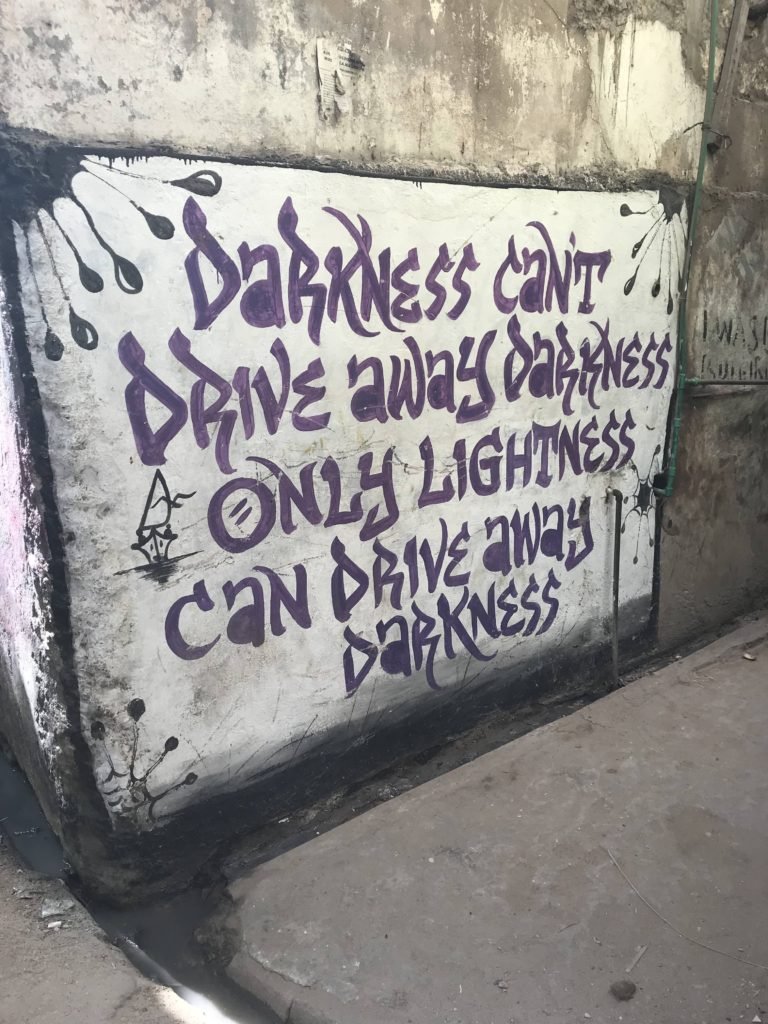

Donkeys are the primary form of transportation in the intricate labyrinth of narrow streets and alleys that form the Old Town.

The only other transport on the island are the boda bodas (motorbike taxis) that ply the main street on the front of the jetty, and oddly enough, one car that we saw several times.
There are more than twenty mosques here – most of the island’s population is Muslim. So it’s no coincidence that alcohol is not in high demand nor readily available. When Goof and I went looking to buy some wine, we quickly discovered that alcohol sales are controlled by the local police. Our quest led us to the Administrative Police Canteen, or A.P. Canteen – basically the police force’s cafeteria/liquor store/popular local bar, where a sullen man frowned in judgement or just plain bad nature behind the counter, but still managed to sell us a couple of bottles.
Lamu also boasts a donkey sanctuary – right next to our hotel. Judging from the braying and hee-hawing (especially at dawn and dusk) none of the donkeys there were finding respite from their hectic lives or feeling particularly at peace.
For the traveller missing the wildlife of the Masai Mara, there are plenty of other animals around too…more of the type you don’t tend to see on safari:

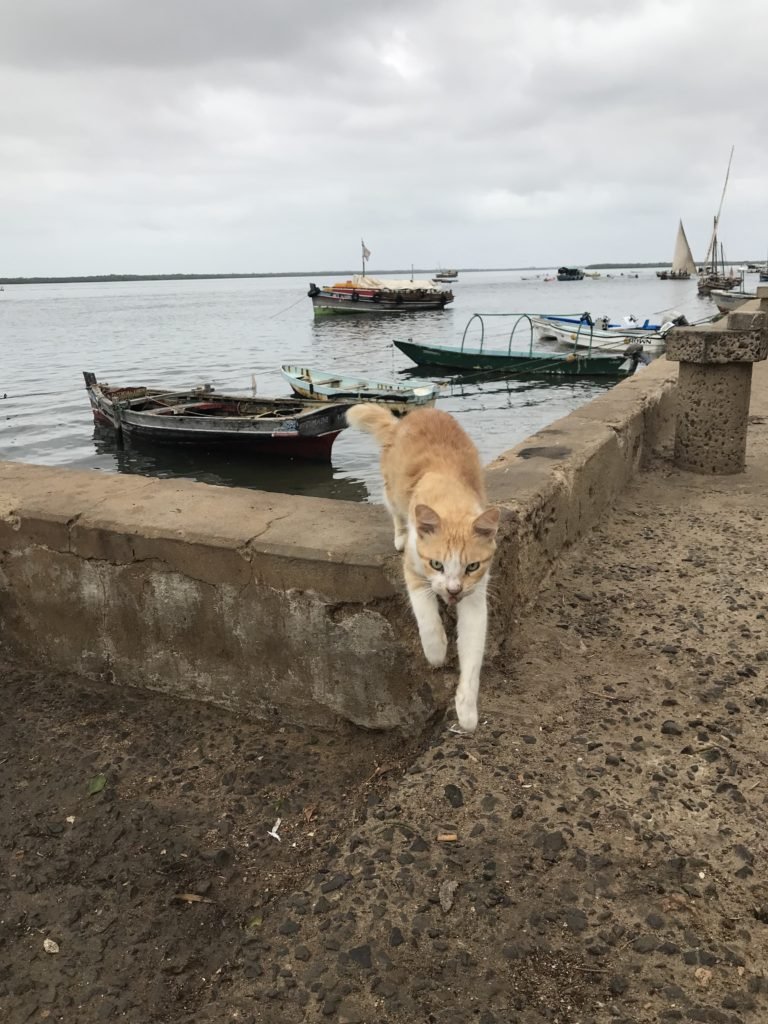
A really fantastic thing you can do on Lamu is organise a sailing trip on a dhow (a traditional wooden boat). We arranged along with two other travelers to meet Baji, Freeman and Jamal (and a fisherman who never did introduce himself) on the jetty at 5.30 one morning and set sail. It was early and Goof and I were dozing up on the bow of the boat. It seemed like the crew must have been dozing too, because we hadn’t gone far before we somewhat dramatically collided with a large red buoy.
However, no harm done, and we sailed for two more hours before stopping for some open-water snorkelling:

The crew kept a sharp watch (we were snorkelling near Somalia after all…):

I watched underwater as the unamed fisherman dove down and speared one fish after another for our lunch.

Back on board, we sailed again till we reached a beach where Freeman tossed out the anchor.


We went swimming while Baji and his crew cooked up an amazing lunch with the fresh catch with coconut rice, a veg curry and chapati beside:

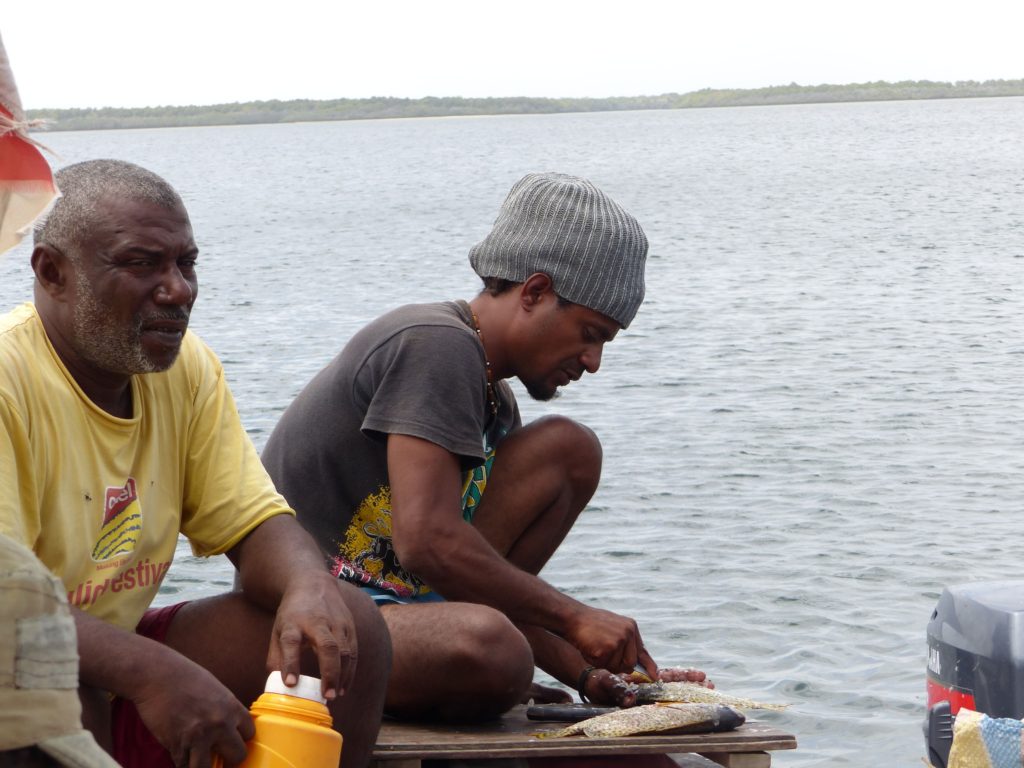

And then we languidly sailed back.

And another really fantastic thing you can do on Lamu is chillout poolside at a gorgeous hotel like ours, Lamu House:

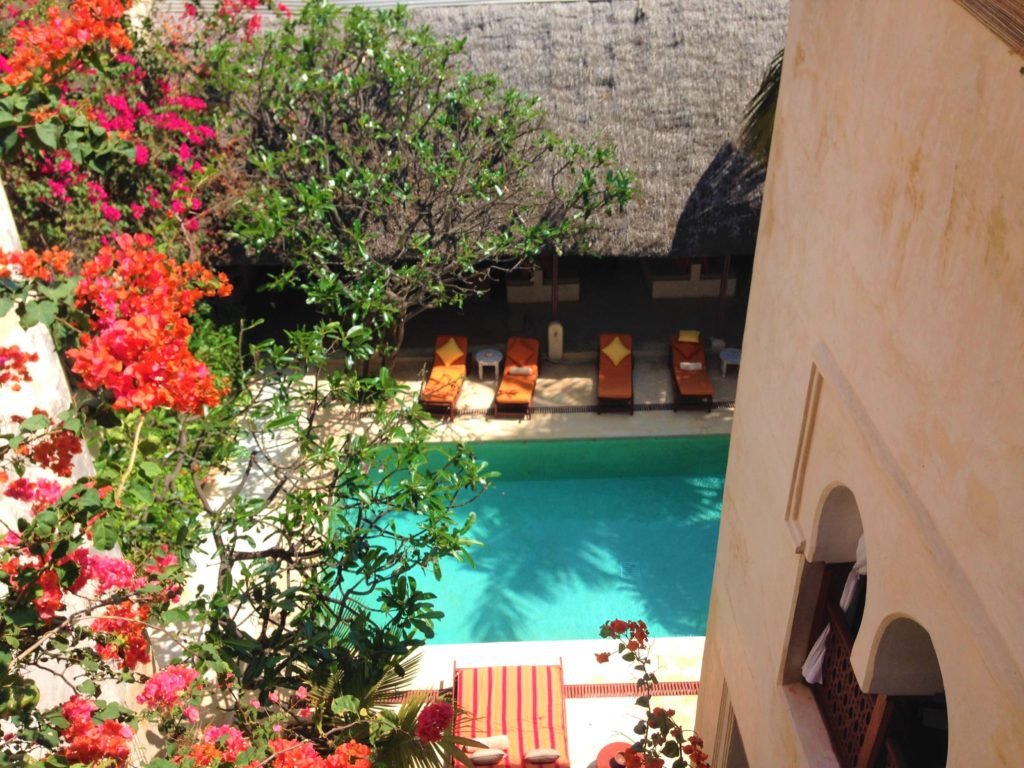
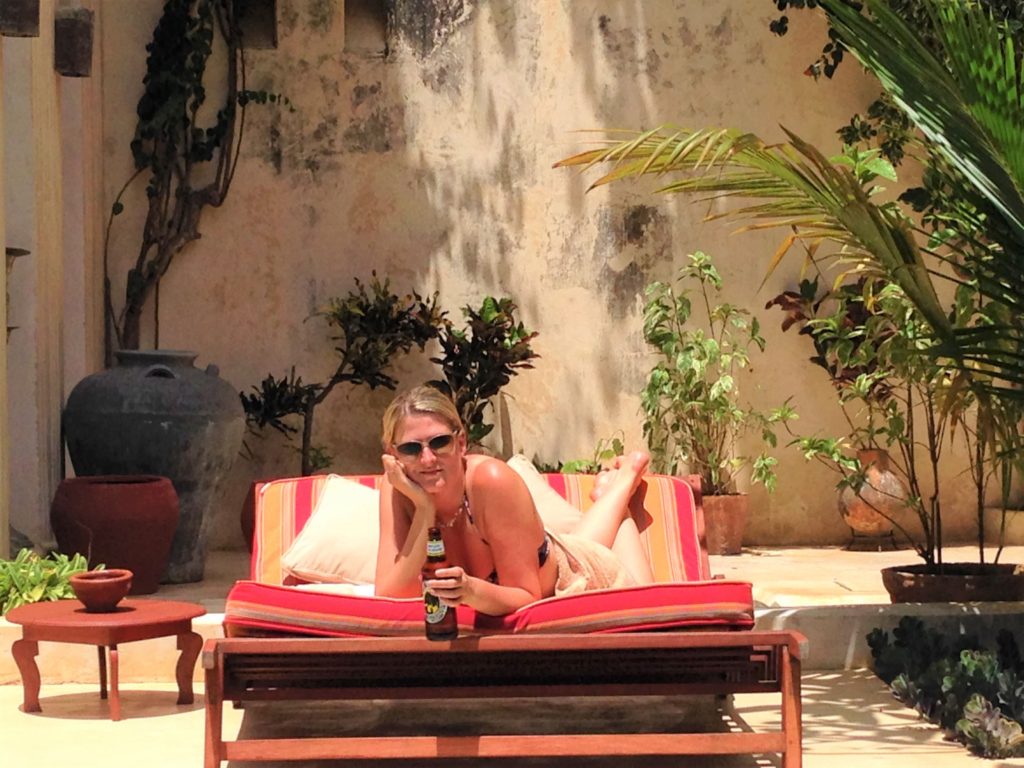

Fatima, who’s been painting beautiful henna designs on hands and feet for twenty years, worked some of her magic on us:
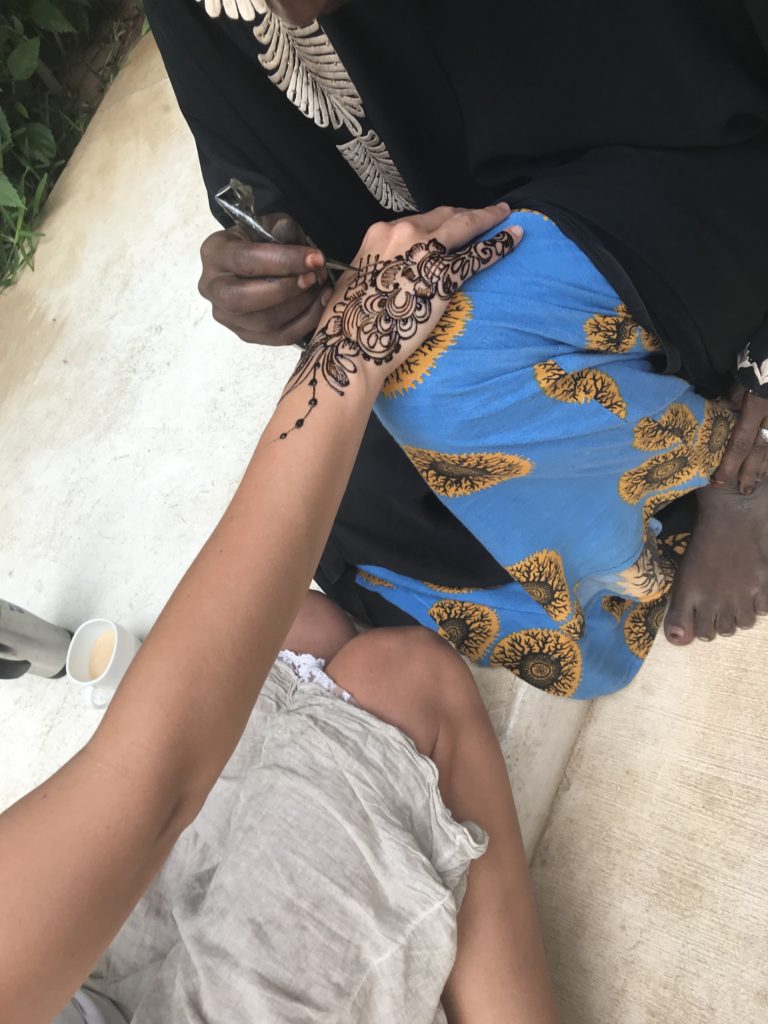
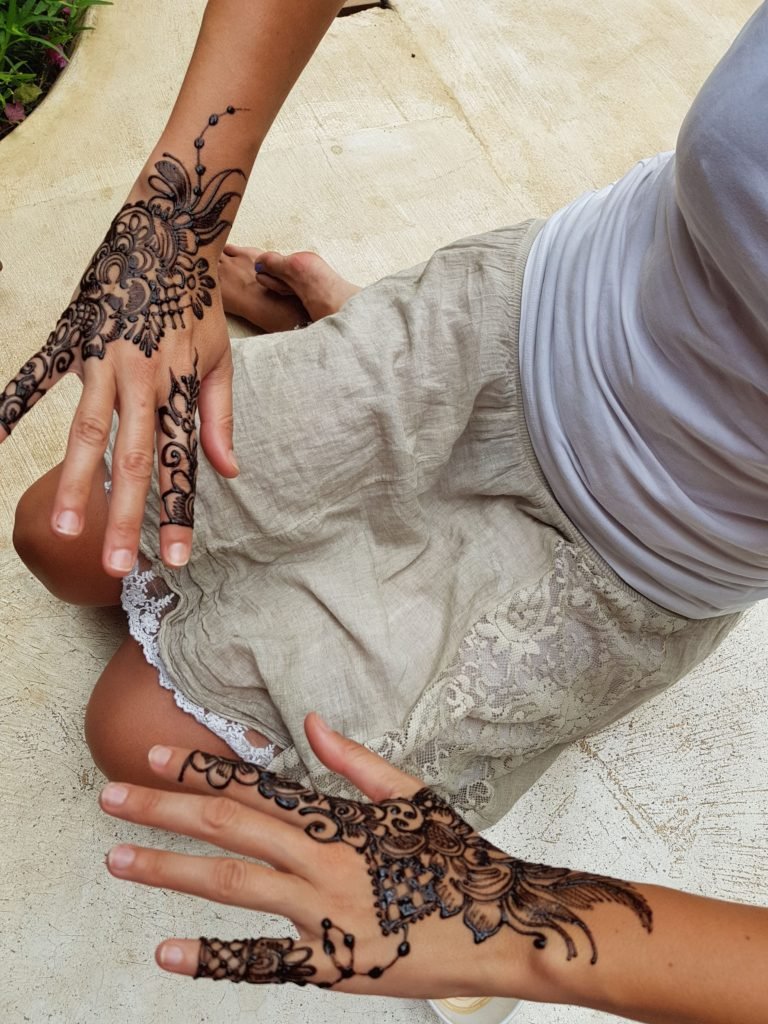

And we ate some pretty delicious fish tacos and grilled shrimp:
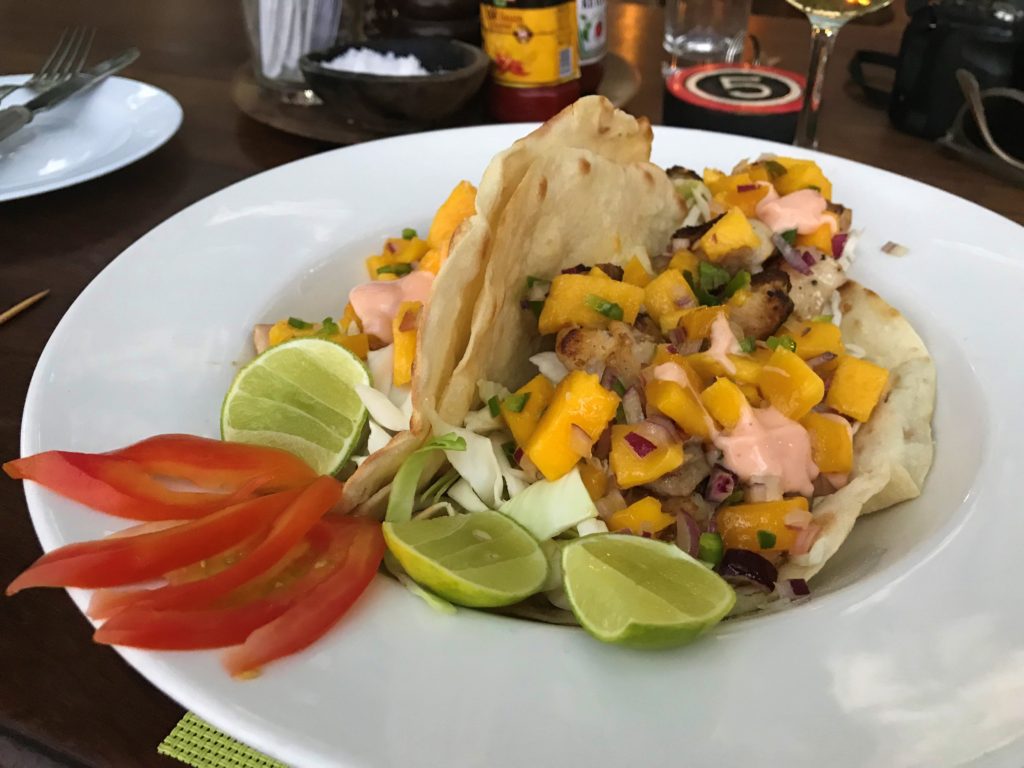
All in all, if you are looking for a place to relax and unwind, and maybe treat yourself a little: then you are looking for the life on Lamu.
Our trip together was drawing to a close. Goof was going home – but I’d be continuing on down the coast on my own. I was excited about the next leg of my safari, but I knew I’d miss my sister a lot.
The flight back from Manda island stopped in Malindi, just across the water on the mainland. When the plane touched down there, I hopped off and Goof remained on board.
I stood on the tarmac looking back at the plane bound for Nairobi with my little sister still on it.

I stayed there until I saw my own backpack trundling past me on a trolley. I went inside to collect it as Goof’s plane roared down the runway and back into the sky, and then I carried on down the coast to Watamu.
Read More
For more of my adventures (and misadventures) in Kenya, check out the rest of my stories from the road.
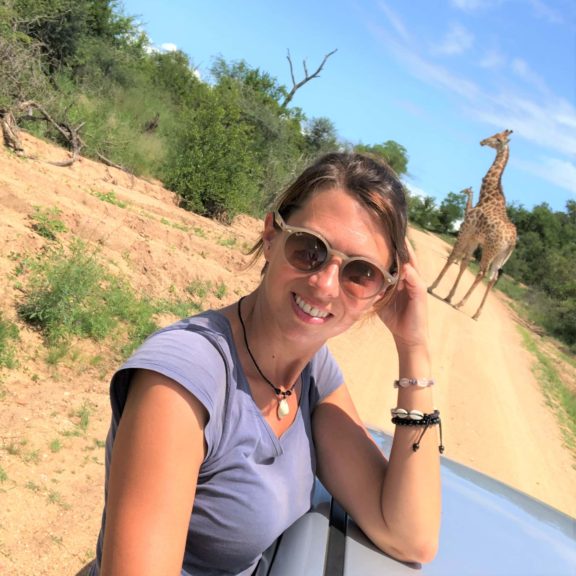
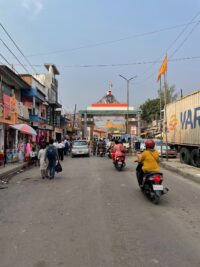
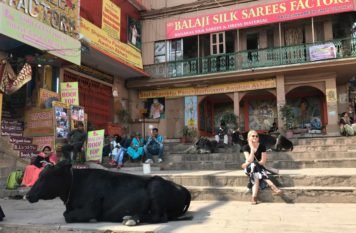
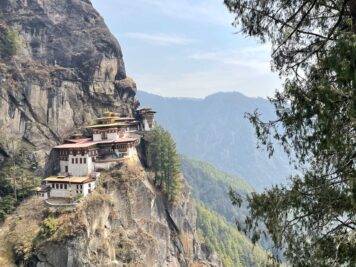
This Post Has One Comment
Interesting place.